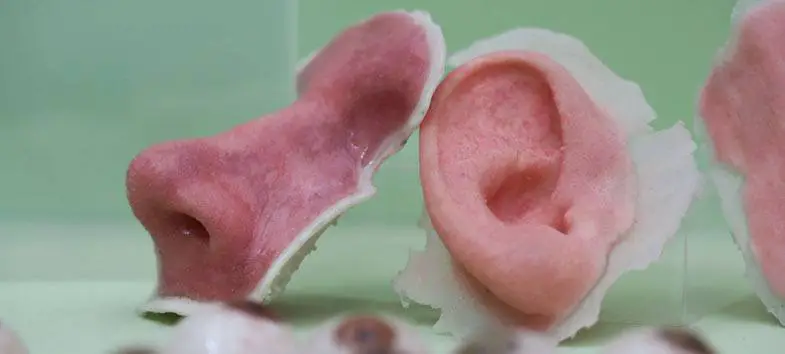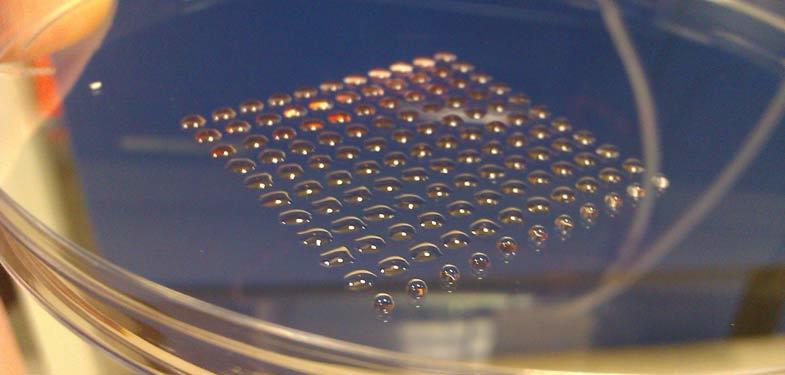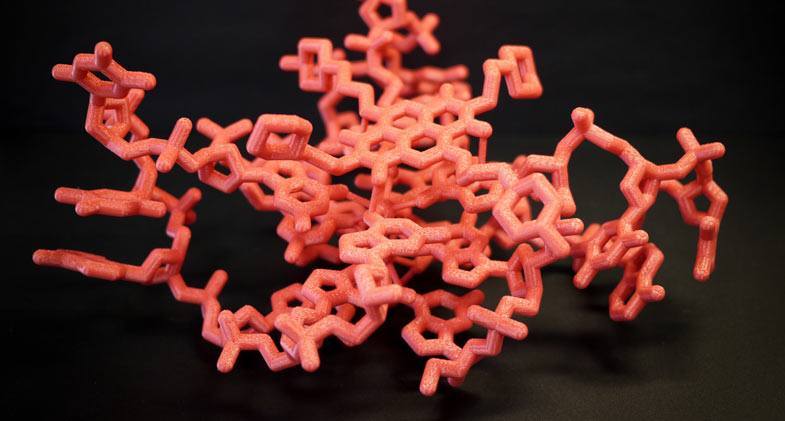3D printing may seem a little unfathomable to some, especially when you apply biomedical engineering to 3D printing. In general, 3D printing involves taking a digital model or blueprint created via software, which is then printed in successive layers of materials like glass, metal, plastic, ceramic and assembled one layer at a time. Many major manufacturers use them to manufacture airplane parts or electrical appliances.
Some of the most incredible uses for 3D printing are developing within the medical field. Some of the following ways this futuristic technology is being developed for medical use might sound like a Michael Crichton novel, but are fast becoming reality.
Bioprinting is based on bio-ink, which is made of living cell structures. When a particular digital model is input, specific living tissue is printed and built up layer by cell layer. Bioprinting research is being developed to print different types of tissue, while 3D inkjet printing is being used to develop advanced medical devices and tools. The French Dassault Systèmes has created an alloy of nickel and titanium that delivers a promising outlook for the medical industry. Superelastic, it has a surprising capacity to evolve and change shapes. Those astonishing progresses give a lot of hope for the future of 3D printing in the medical field.
1. Organs

While an entire organ has yet to be successfully printed for practical surgical use, scientists and researchers have successfully printed kidney cells, sheets of cardiac tissue that beat like a real heart and the foundations of a human liver, among many other organ tissues. While printing out an entire human organ for transplant may still be at least a decade away, medical researchers and scientists are well on their way to making this a reality.
2. Stem Cells

Stem cells have amazing regenerative properties already – they can reproduce many different kinds of human tissue. Now, stem cells are being bioprinted in several university research labs, such as the Heriot-Watt University of Edinburgh. Stem cell printing was the precursor to printing other kinds of tissues, and could eventually lead to printing cells directly into parts of the body.
3. Skin
Imagine the uses that printing skin grafts could do for burn victims, skin cancer patients and other kinds of afflictions and diseases that affect the epidermis. Medical engineers in Germany have been developing skin cell bioprinting since 2010, and researcher James Yoo from Wake Forest Institute is developing skin graft printing that can be applied directly onto burn victims.
4. Bone and Cartilage

Hod Lipson, a Cornell engineer, prototyped tissue bioprinting for cartilage within the past few years. Though Lipson has yet to bioprint a meniscus that can withstand the kind of pressure and pounding that a real one can, he and other engineers are well on their way to understanding how to apply these properties. Additionally, the same group from Germany who bioprinted stem cells is also working toward the same results for bioprinting bone and others parts of the skeletal system.
5. Surgical Tools
Just six months ago, bioengineering students from the University of British Columbia won a prestigious award for their engineering and 3D printing of a new and extremely effective type of surgical smoke evacuator. Other surgical tools that have been 3D printed include forceps, hemostats, scalpel handles and clamps – and best of all, they come out of the printer sterile and cost a tenth as much as the stainless steel equivalent.
6. Cancer Research

In the same way that tissue and types of organ cells are being printed and studied, disease cells and cancer cells are also being bioprinted, in order to more effectively and systematically study how tumors grow and develop. Such medical engineering would allow for better drug testing, cancer cell analyzing and therapy development. With developments in 3D and bioprinting, it may even be a possibility within our lifetime that a cure for cancer is discovered.
7. Heart and Blood Vessels

Another German institute has created blood vessels using artificial biological cells, a 3D inkjet printer and a laser to mold them into shape. Likewise, researchers at the University of Rostock in Germany, Harvard Medical Institute and the University of Sydney are developing methods of heart repair, or types of a heart patch, made with 3D printed cells.
The human cell heart patches have gone through successful testing on rats, and have also included development of artificial cardiac tissues that successfully mimic the mechanical and biological properties of a real human heart.
There are plenty of other developments being made with 3D and bioprinting, but one of the biggest obstacles is finding software that is advanced or sophisticated enough to meet the challenge of creating the blueprint. While creating the blueprint for an ash tray, and subsequently producing it via 3D printing is a fairly simple and quick process, there is no equivalent for creating digital models of a liver or heart at this point.
However, with the quick developments and advancements researchers and biomedical engineers have made in a short few years, this obstacle will soon be one of many that are overcome on the way to successful complex bioprinting.










